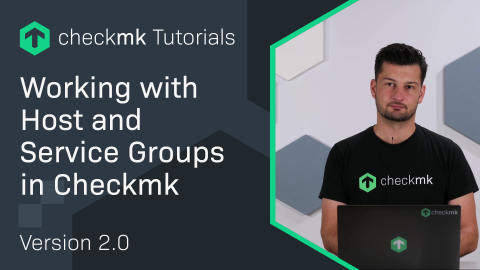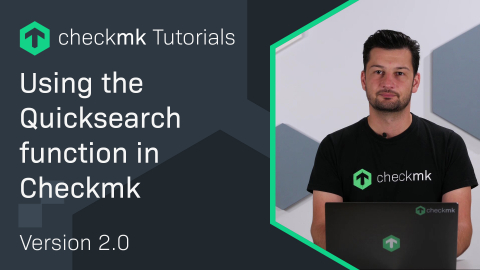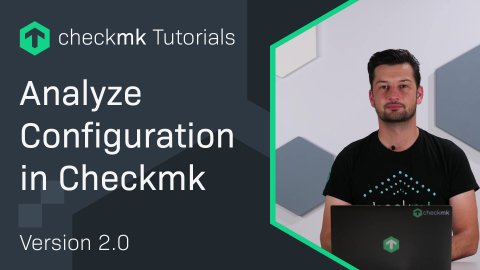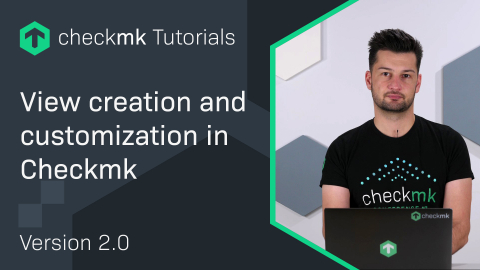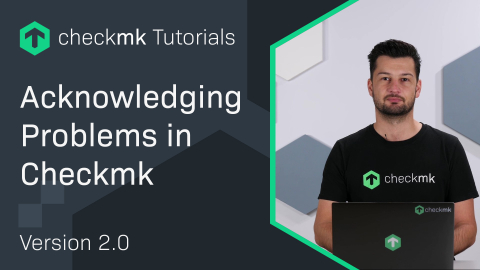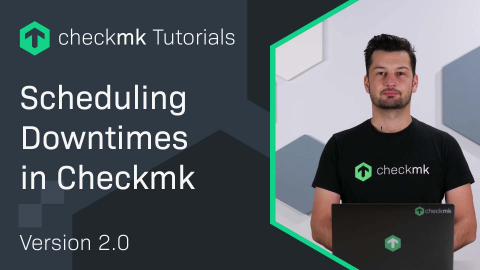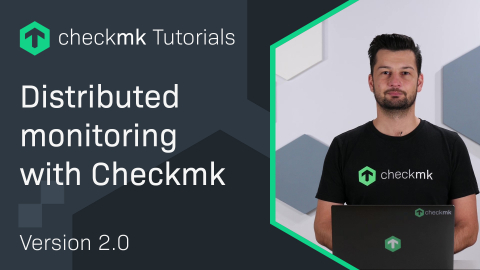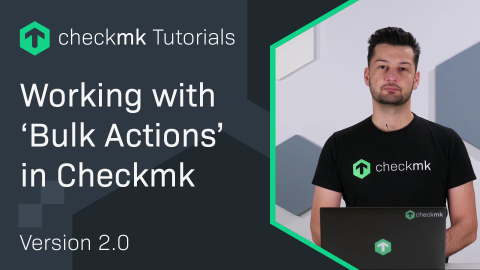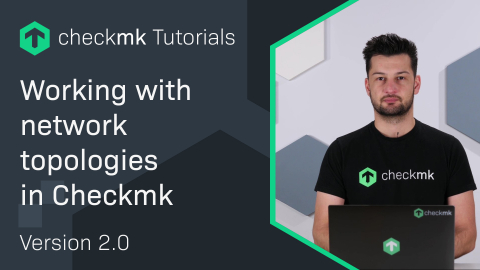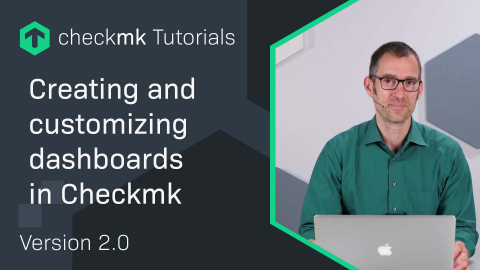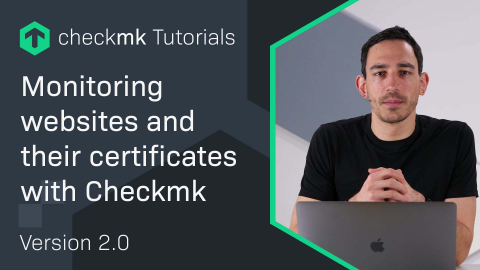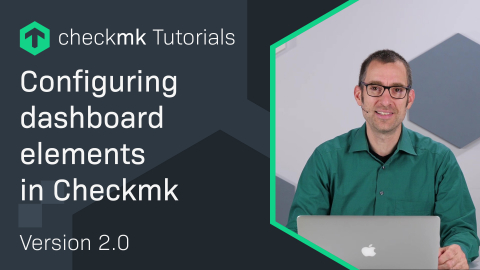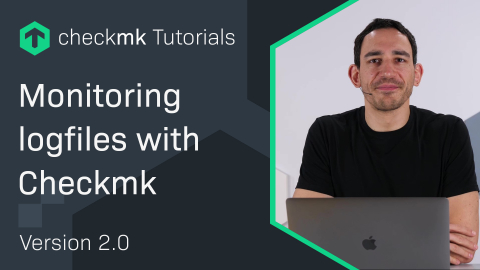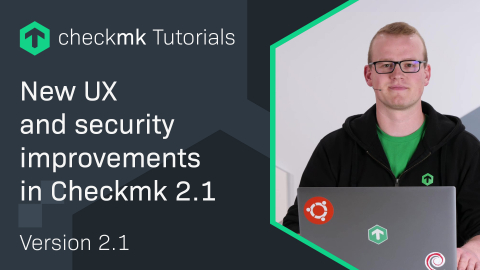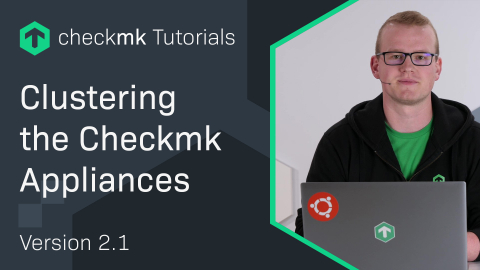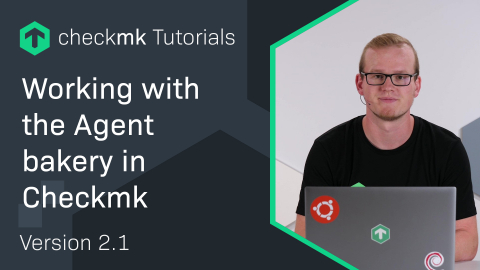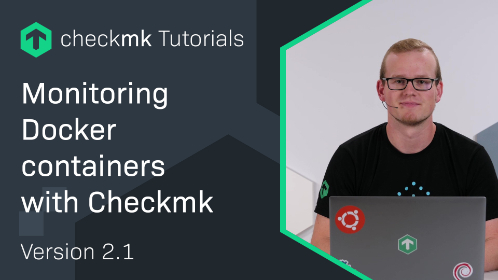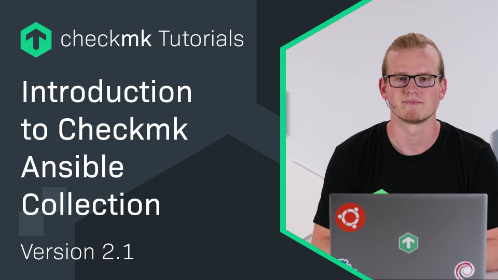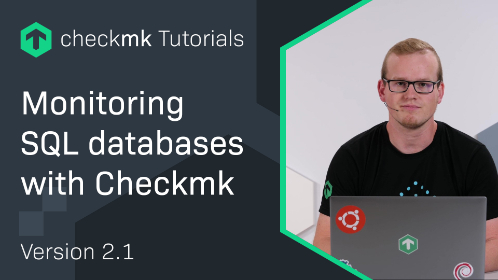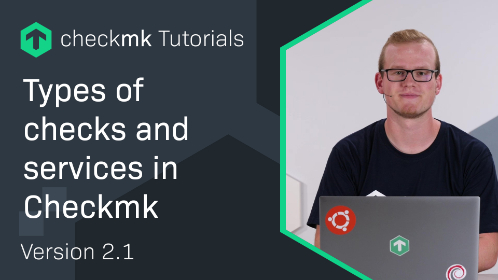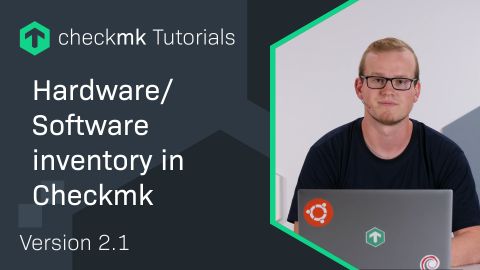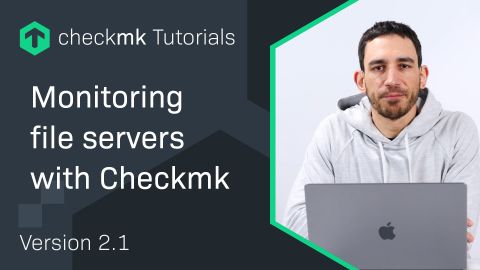Ep. 2: Die Benutzeroberfläche von Checkmk 2.0
| [0:00:00] | Welcome back to the Checkmk channel. |
| [0:00:02] | In the previous episode, we installed Checkmk. And in this episode, I am going to walk you through the user interface. As always if you like this video, please like and subscribe and now let's jump right into it. |
| [0:00:23] | So here we're back in the monitoring site that we set up in the first episode. |
| [0:00:28] | Let's talk about the UI of Checkmk. The UI of Checkmk is split up into three major sections. On the left you have the main navigation, in the middle, you have the main page or the main content where the dashboards are being shown or the views that you're currently looking at. |
| [0:00:45] | On the right you have the sidebar, this is your cockpit into Checkmk. Here you have a continuous overview of everything that's going on in your monitoring, and also you have quick links to features or items in Checkmk that you frequently use. |
| [0:01:02] | So let's start with the main navigation. Let's go from top to bottom. First item Monitor, here you find everything that is currently being monitored. |
| [0:01:13] | So you have a link to the main dashboard, a link to a problem dashboard, you have an overview of events. And you also have this show more button on the top right because initially not every item is being shown here. |
| [0:01:26] | When you toggle it you'll see everything that this menu item has to offer. You also see this search bar, so when you quickly want to find the main dashboard you type 'main' and you can simply click on it. |
| [0:01:39] | So next up on the list, Customize. So here you can customize the UI to your needs. |
| [0:01:47] | For example, if you want to make your own dashboard, create your own bookmark links you can do that here. |
| [0:01:54] | Under Setup, you find everything that you need to configure the monitoring system itself. So here you can add hosts, you can download agents, you can configure notifications, add users. And also you have to 'show more' button, which allows you to show every item this menu has. Then let's go down to help here you find helpful links such as a link to the release notes, a link to the changelog let's take a look so this is a list of all the changes that are being made in Checkmk. So these are the changes for the patch version that we're at patch nine. When you click on the one you'll see all the information about the change. Next up, the APIs. So we have a REST API and you can find the documentation here. |
| [0:02:54] | We also have a Check API used for writing your own Check-plugins. Then we have some links to external resources like the documentation platform, the Forum and our YouTube channel. Next up is the User menu item. |
| [0:03:13] | Here you can toggle the theme from dark to light. You can also change the sidebar position from right to left. But for now, let's just toggle them back. So like we showed you in the first episode, you can also change your password here. You can set your own rules about notifications, there are also some more settings you can change for your profile, like your language: you can toggle between English, German and Romanian. |
| [0:03:49] | But we also have a few more languages which you can download on our exchange platform on exchange.checkmk.com. Here for example you can download plugins for Dutch, French, Spanish and Japanese. |
| [0:04:08] | Then the last item: the Sidebar. |
| [0:04:11] | Here you can simply toggle the sidebar into view and out of view, so here you see the dashboard of our demo server. |
| [0:04:23] | You see that there is a lot more going on than on our VM, because that had only one host. So here on the top left you'll see the host statistics: the number of total hosts, how many are up or are in downtime, right of this you'll see the same thing but over time. On the row below we have a similar overview but for services. So the total amount of services, how many are OK, how many are in Downtime or are Critical, again right of this you'll see the same thing but over time. |
| [0:04:59] | On a row below you'll see the problem notifications over time. You'll see at six o'clock here there are quite a few notifications, right of this, you have the percentage of total service problems also overtime. |
| [0:05:14] | On a row below here, you see this beehive where every host in a system is represented by one hexagon and the colour of the hexagon indicates the state of the host, so if it's blue it's in downtime if it's red it's down, and when it's just grey it's doing just fine. |
| [0:05:36] | Right of this, you have the top problem makers in the past seven days. |
| [0:05:40] | You'll see the number of problems, the host and which service was causing the problem. So let's move to the top of the page. Here you see the name, in this case, the main dashboard beneath that you find the breadcrumb this lets you know exactly where you are in the monitoring system. |
| [0:05:58] | On the row below you have the menu, for the dashboard, you have the dashboard item which lets you customize this built-in dashboard or set it at your start URL for when you log in. |
| [0:06:12] | Under add, you can add new elements to this dashboard but we'll do a completely separate video about this item. |
| [0:06:20] | Under dashboards, you'll find links to the built-in dashboards that ship with Checkmk. |
| [0:06:27] | Under display, you can add filters for example when you only want to show information on this dashboard for a certain set of hosts. |
| [0:06:38] | Under help, you can find a link to the documentation and also a toggle for inline help. |
| [0:06:48] | On many pages, you can find inline help in the form of tooltips that help you explain what a certain feature or a toggle actually does. |
| [0:07:00] | And next to it you have four icons, one is for them a link to the main dashboard which we are currently at, then you have the problem dashboard, the Checkmk dashboard which is an overview of all the hosts that have a Checkmk instance installed. |
| [0:07:19] | And once again a quick link to the filter so let's quickly click on Services. Now let's talk about the last item of the navigation of the main page, 'The Action bar'. |
| [0:07:36] | The Action bar holds the most important items from the menu and you can access them directly in the form of a button. You can also toggle this action bar by clicking on this arrow button. Then on the top right, you have the interval of the page update, so the interval is displayed in seconds here. And the outline represents the time that is left until the next update. So now let's talk about the last element of the UI, 'The Sidebar'. |
| [0:08:07] | At the top of the sidebar, you'll find the overview this lets you quickly see if there is anything wrong in your monitoring system and also let you link to a list of hosts and a list of services etc. |
| [0:08:20] | Below that, you'll find these elements which we call Snap-ins. And you can configure these yourself, you can change the order that they're in by simply dragging them around you can remove one by clicking on the "x". |
| [0:08:34] | And if you accidentally remove one and want to add it again just click on the plus at the bottom. |
| [0:08:41] | So this leads you to an overview of all Snap-ins that are available in Checkmk. So now let's add the Quicksearch again, and you can do that by simply clicking on it and you see it's been added to the sidebar again. |
| [0:08:57] | So now let's talk about these two snap-ins, the 'Views' and 'Folders'. The views let you navigate to a specific view. For example, now let's go to the main dashboard again. |
| [0:09:13] | Here you see an overview of all the host app we previously saw, but we can now filter it with the folder snap-in. So for example, if you have a large monitoring infrastructure and you organize all your hosts in folders, for example, you put all your docker hosts in a folder called docker, or all your routers in a folder called routers, you can filter these views based on the folder for example if you now click on docker you'll see that this dashboard updates for this folder only. And you can do the same thing for services. |
| [0:09:52] | You can go to service search and then docker and apply the filter and now, you see here all the services but only for the docker hosts.So you can apply these folder filters for every view in your monitoring system. |
| [0:10:12] | So that was it for today. |
| [0:10:14] | In the next episode, I'm going to show you how to monitor a switch. See you then. |
Wollen Sie mehr über Checkmk erfahren? Dann nehmen Sie an unserem Webinar "Einführung in Checkmk" teil!








